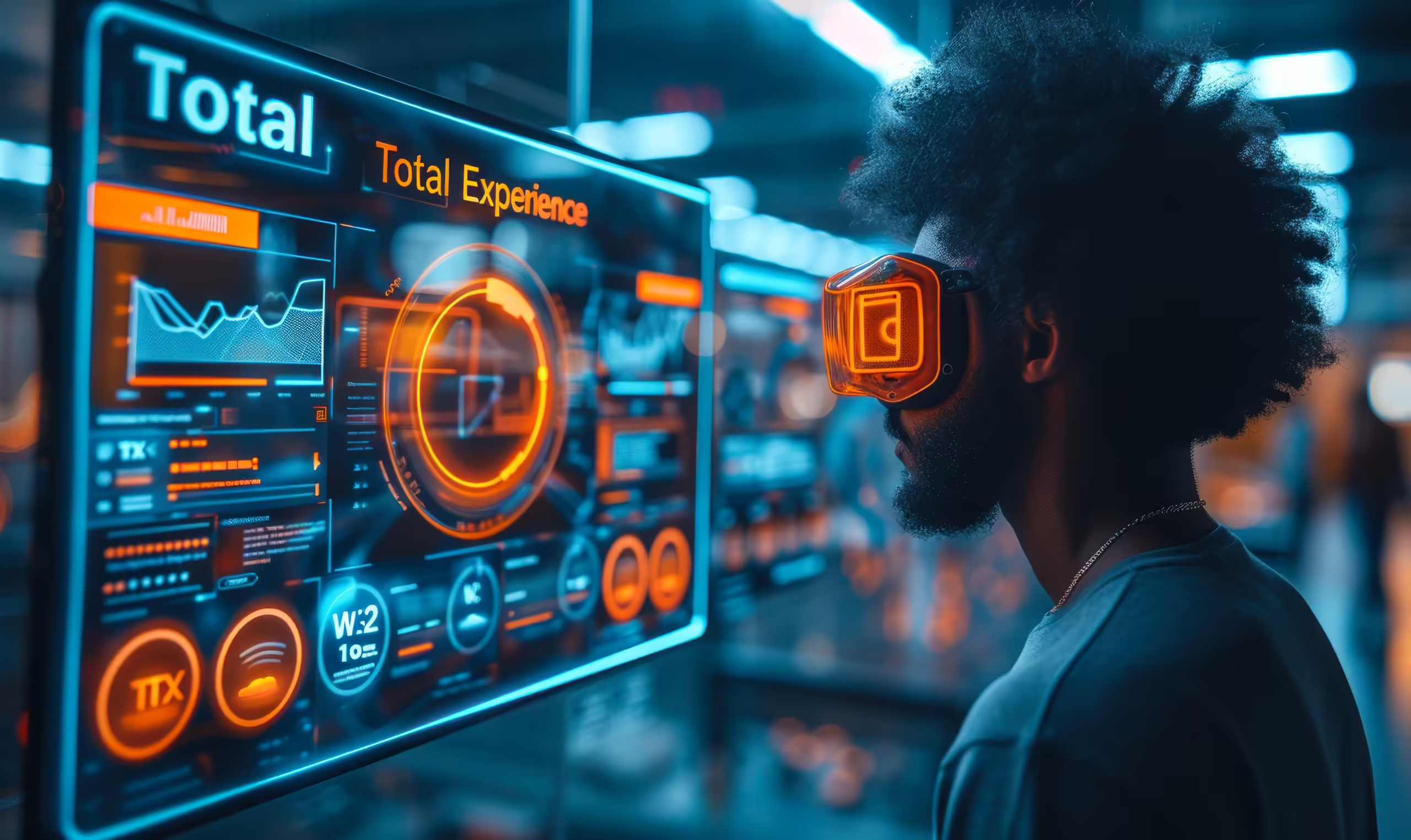In today’s rapidly evolving workplace landscape, organizations are constantly seeking innovative ways to enhance performance management practices. Virtual Reality (VR) technology has emerged as a powerful tool, offering valuable insights through data analytics gathered during training and simulation sessions. In this article, we delve into how virtual reality data can be leveraged for data-driven performance management, including tracking progress, providing feedback, and evaluating employee performance.
Key Takeaway
Virtual Reality analytics offer a wealth of opportunities for organizations seeking to enhance performance management practices. By harnessing the power of VR data, organizations can track progress, provide personalized feedback, and evaluate employee performance with unprecedented precision and effectiveness. Embracing a data-driven approach to performance management not only enhances organizational performance but also empowers employees to reach their full potential.
Understanding Virtual Reality Data Collection
Virtual Reality technology utilizes advanced sensors and tracking systems to capture a wide range of data points during training and simulation sessions. From user movements and interactions to environmental variables and task completion times, VR analytics provide a comprehensive understanding of employee behavior and performance within virtual environments. This data is then processed and analyzed to derive actionable insights for performance management purposes.
Tracking Progress: Unveiling Insights Through VR Analytics
VR data analytics enable organizations to track employee progress with unparalleled granularity and accuracy. By measuring key performance indicators (KPIs) such as task completion rates, error frequencies, and reaction times, organizations can gain real-time visibility into employee performance during training exercises and simulations. These insights allow managers and supervisors to identify areas of strength and areas for improvement, facilitating targeted interventions and personalized development plans.
Providing Feedback: Enhancing Performance Management Practices
Timely and actionable feedback is essential for driving performance improvement and fostering employee growth. VR data analytics empower trainers and supervisors to observe employee behaviors and interactions within virtual environments, providing a rich source of feedback for performance management purposes. By analyzing individual performance data collected during VR sessions, organizations can offer personalized feedback tailored to each employee’s unique strengths and weaknesses. Furthermore, VR feedback mechanisms can enhance learning and skill development by identifying specific areas for improvement and guiding employees toward mastery.
Evaluating Employee Performance: Leveraging VR Insights
Incorporating VR data analytics into performance evaluation processes enables organizations to move towards a more objective and data-driven approach to employee assessment. By leveraging insights gleaned from VR interactions, organizations can evaluate employee competencies, decision-making abilities, and problem-solving skills with greater accuracy and reliability. This data-driven approach to performance management ensures that evaluations are based on concrete evidence rather than subjective observations, leading to fairer and more transparent outcomes.






